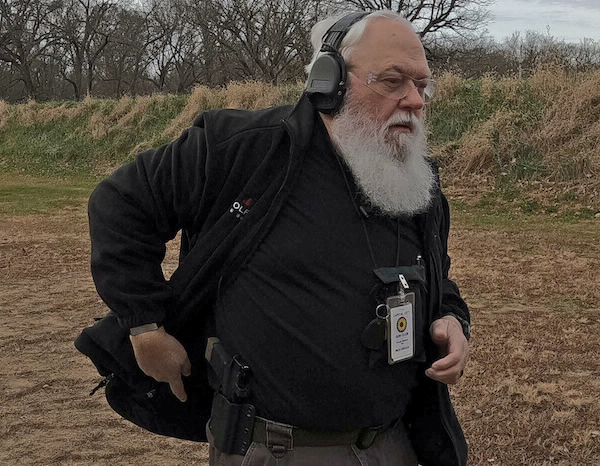
It’s been quite a year – nearly over for us – with little ammo and a number of firearms. Early on, we were swept up in the wave of micro-moderate capacity 9mm pistols. One that’s still here is the Springfield Armory Hellcat RDP.
Remarkable little gun, it’s too bad that so many others hit at the same time. Good for the market, good for the consumer, bad for the practitioner who needs more time to get settled in with a new pistol design.
Aside from the compensator – still don’t know exactly how much it helps – there’s the small matter of a red dot optic, Springfield’s own – the Hex Wasp. It overtakes the excellent sights and seems to do all such devices are supposed to do.
A few items have come in since the Hellcat arrived. One is ammo, in the form of Federal Premium. I shot the gun quite a bit with a variety of current ammo offerings from Hornady and it likes the ammo very much. Federal sent along a small amount of their “Punch” jacketed hollow point ammo and their out-of-the-ordinary Syntech Defense ammo.

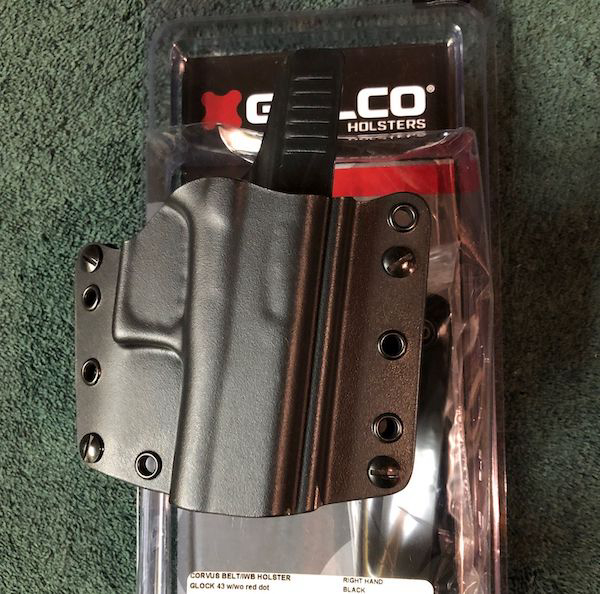
For another project, not yet completed, Galco Gunleather sent along one of their more recent designs, the Corvus. The same holster acts as an inside-the-waistband holster and an outside the waist rig. It’s preconfigured with 1.5” belt loops, made, it appears, of the same rigid polymer as the holster body. IWB loops and another set of OWB loops are included.
As that holster fits the Springfield, I thought I’d do some holster drills and check the zero of the pistol – as I left it from testing earlier this year – with the new ammo.
Why a concern with zero? It’s critical to know where the bullets will go if you’re shooting – and potentially reckless not to know.
I started out with the ammo, five-shot groups, just to see where they were going. The overweight (compared to all the 115-124 grain ammo I’d shot from the RDP) went only slightly higher on the target than the 124gr. Punch round. The 138 gr. SJHP – “segmented” HP? – travels at a nominal 1,050 FPS versus the Personal Defense Punch 9mm Luger 124 gr. JHP with an advertised 1,150 FPS. Neither are marked “Plus-P.”
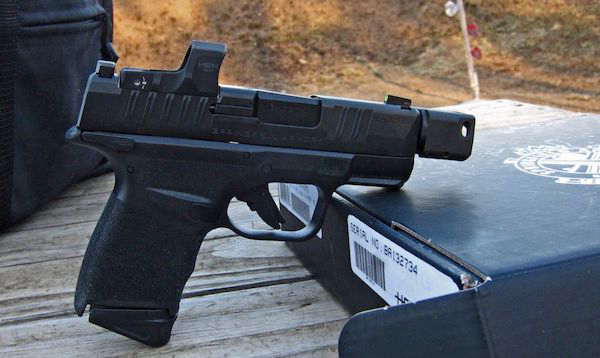
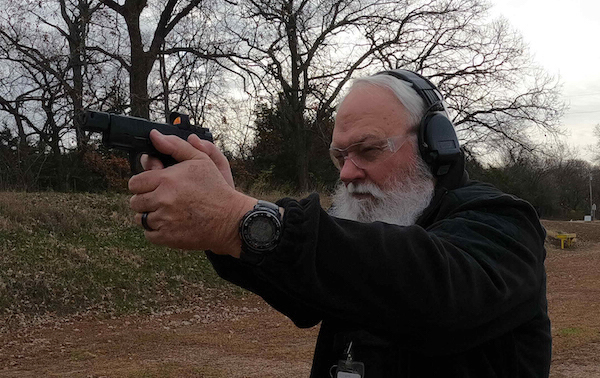
The polymer “jacket” on the Syntech rounds appears similar to the Syntech range ammo. The Syntech uses a company-exclusive “Catalyst” primer that is lead-free. The Punch round is more conventional, with a skived jacket and soft lead core. The nickel-plated brass and sealed primer are premium touches.
Both rounds clustered into around two-inches, with the “best three” of each group hovering around an inch.
I tried holster drills – still trying to figure out how to use optics on pistols – with the Galco Corvus holster. The holster is quick, solid and is formed to conceal quite well in casual concealment situations. It’s fast and I even began to “find the dot” by bringing the gun straight up-pressing straight out technique.
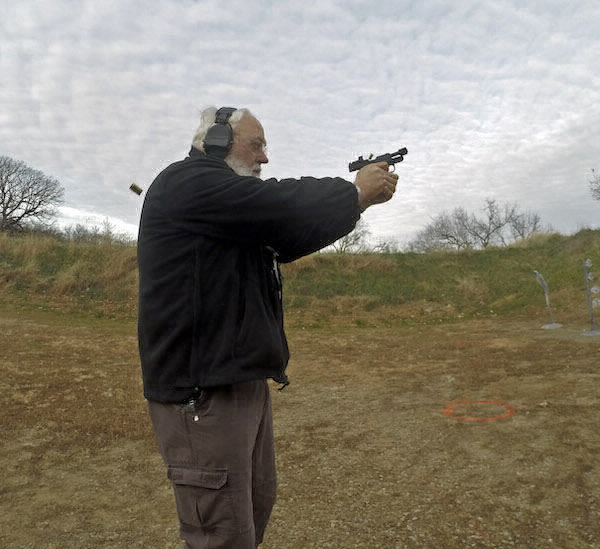
At a legit low ready, the gun comes up “escalator” style (thanks to Mas Ayoob for the description). I struggled and then remembered Dave Spaulding’s advice when moving to the red dot: sort out your grip. As I used consistent pressure side-to-side and front-to-back, the dot was present when the gun arrived.
While I was at it, I’d had one of Springfield’s 15-round magazines, loaded, for several months. I elected to do some shooting drills – from the holster and ready – to consume that ammo and try the magazine.
Like the other Springfield Armory magazines, there were no failures to carry-up, feed, etc. Shooting was trouble-free.
The ammo was good, like the gun – and the holster was a pleasure to use.
-- Rich Grassi